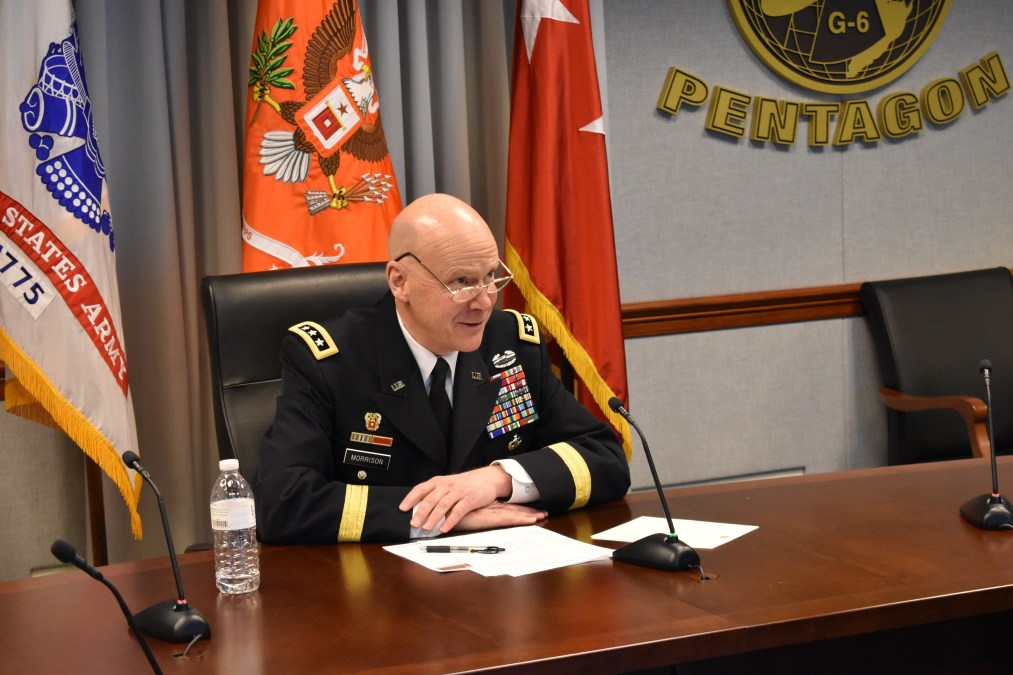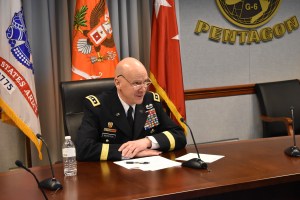Army finalizing new plan for ‘unified network’

The Army’s plan for how it will redesign its global network is slated to be finished in the coming months, the top uniformed officer overseeing the Army’s IT said Tuesday.
The service will create a “unified network” that links its enterprise IT architecture with tactical networks used by warfighters in the field, a change from the current segmented system, said Lt. Gen. John Morrison, deputy chief of staff and G-6. Creating a unified network is critical to achieving the Army’s goal of using data from the field to create a multi-domain operational system where soldiers on land can work seamlessly with fellow service members in the domains of sea, air, space and cyberspace, Morrison said.
“We are finalizing what we are calling the Army Network Plan,” he said during AFCEA’s TechNet Augusta virtual event Tuesday. Morrison is the Army’s top uniformed IT official, a role that was created last summer after the service split the traditional CIO role. He set the unification of the Army’s network as his office’s top guiding pillar.
Creating a network that will encompass enterprise and tactical workloads will require significant assistance from commercial industry, Morrison said. Once the plan is done, the Army intends to engage industry to help it build new network architecture.
In the “summer and fall we will have the architecture discussion,” he said.
One of the major challenges the Army faces in achieving the unified network is balancing access, speed and security. The whole point of unifying the network is to allow data to transfer more smoothly between systems and machines and not require humans in the loop to make connections that could easily be automated. But with more places for data to go, and presumably more endpoints using that data, opportunities ripen for hackers.
Morrison has previously said he wants to beef up the security of both the network itself and the tech operating on it with periodic reviews. He has not specified what new systems he wants to put in place but said the Army’s current security posture for its network is not up to the task.
“This is one of those effective drills that I think will allow us to apply our resources in a more efficient manner but brings a level of security to the network that, quite frankly, I don’t think we have right now,” he said.





